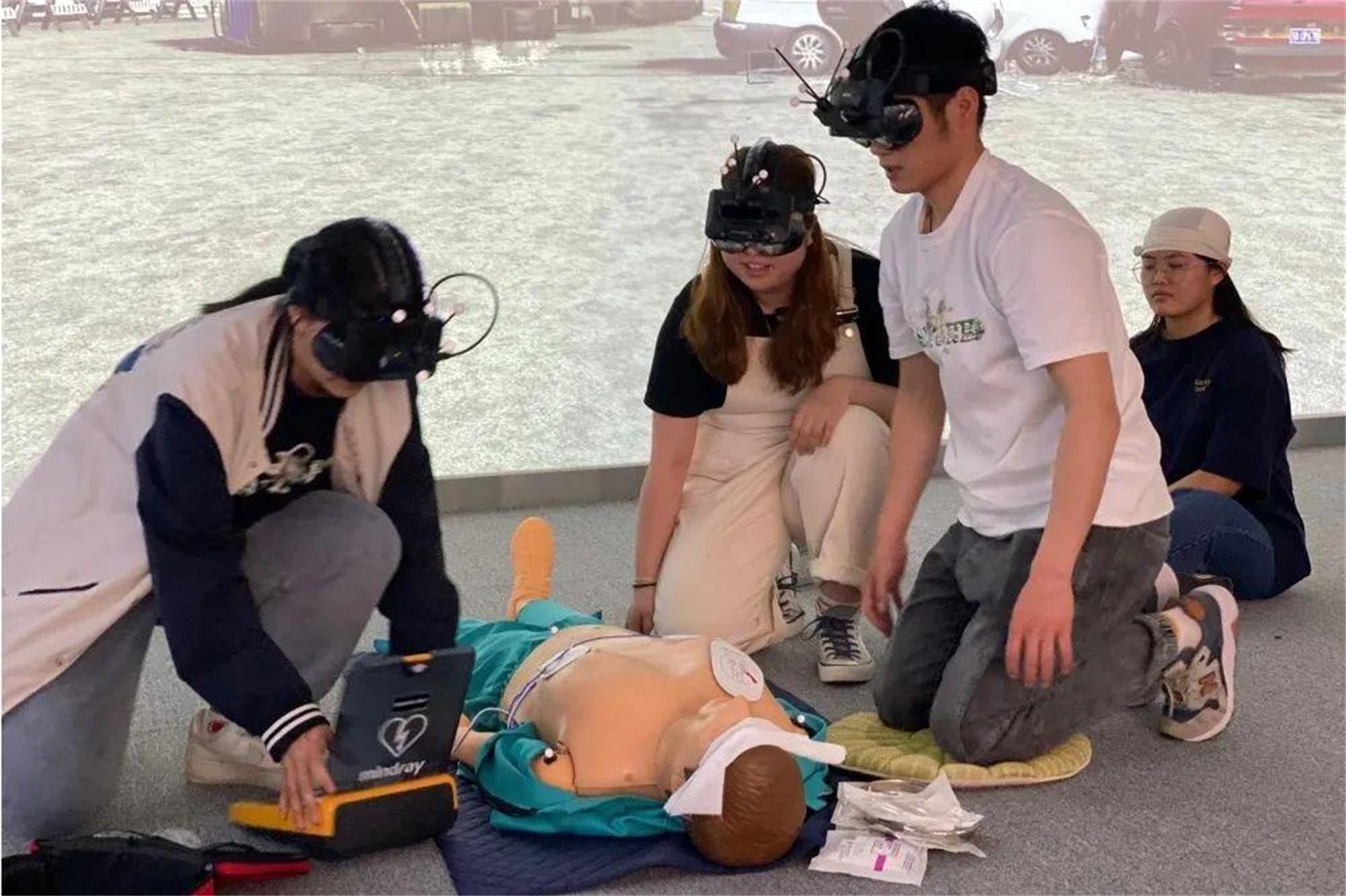
 CN / EN
CN / EN
Medical Teaching Simulation Operating System

Driven by the digital wave, virtual simulation technology, leveraging cutting-edge advancements such as Virtual Reality (VR), Cloud Computing, Big Data, and Human-Computer Interaction (HCI), is profoundly transforming our work, life, and learning paradigms. Within this technological zeitgeist, harnessing these emerging technologies effectively has become paramount. As the sole independently established medical institution in Xinjiang, Xinjiang Medical University proactively integrates industry, academia, and research, leveraging virtual simulation technology to inject fresh vitality into talent cultivation and disciplinary development. It has amassed a vast repertoire of reusable digital assets, offering robust support for interdisciplinary exchanges, educational drills, and the translation of scientific research outcomes.
The Nursing College of Xinjiang Medical University, serving as the cornerstone of virtual simulation initiatives, boasts an autonomous region-level experimental teaching demonstration center spanning nearly 4,000 square meters, equipped with state-of-the-art facilities and highly realistic clinical simulations. Additionally, the college possesses eight directly affiliated hospitals, two teaching hospitals, and five community health service centers, affording abundant educational resources that adequately cater to instructional needs. To enhance teaching quality and students' professional competencies, the Nursing College has collaborated with ChingMu Vision and Changsha Xintener Teaching Instruments to establish a teaching simulation operation system. This system integrates ChingMu Vision's MC series motion capture cameras and software with LED screens, active 3D glasses, interactive controllers, and other integrated devices.

This simulation system meticulously constructs and reproduces rescue scenarios, including spatial locations and environments, while visually presenting the overall structure and contours of props (e.g., injured persons). Students can engage in emergency rescue theory courses and drills within this simulated environment, transcending temporal and spatial constraints, mitigating the costs associated with live exercises, and facilitating repeated practice. By adopting a teaching model that integrates theory with practice, students learn through reflection, acquire genuine knowledge through experience, elevate their professional standards and response capabilities, ultimately emerging as high-caliber professionals aligned with industry trends.

With the advancement of technology and the elevation of educational requirements, harnessing cutting-edge technologies to propel disciplinary and educational development has emerged as an inevitable trend in the development of universities. Numerous institutions of higher learning are actively introducing advanced equipment, enriching educational resources, and bolstering their comprehensive teaching capabilities, thereby injecting new momentum into talent cultivation, academic research, and the transformation of research outcomes. For instance, Henan University of Chinese Medicine, Hebei Institute of Communications, Xing'an Vocational and Technical College, and other esteemed academies have collaborated with ChingMu Vision to vigorously promote the application of virtual simulation technology.
